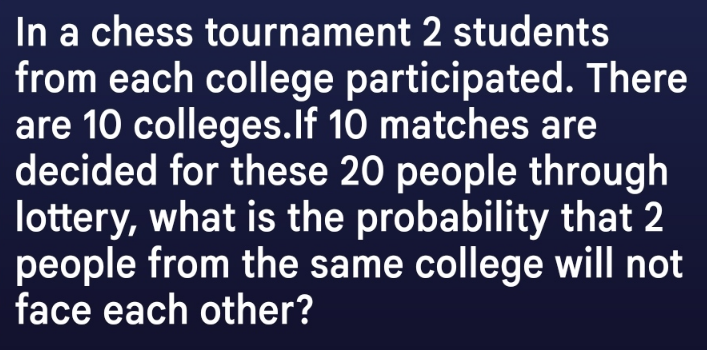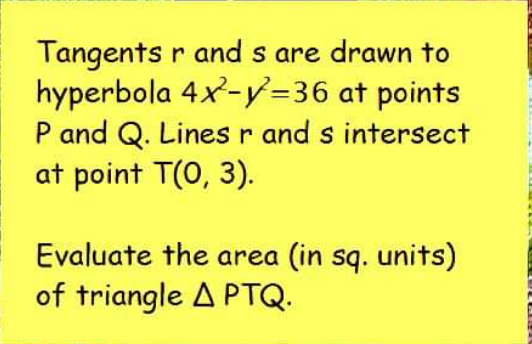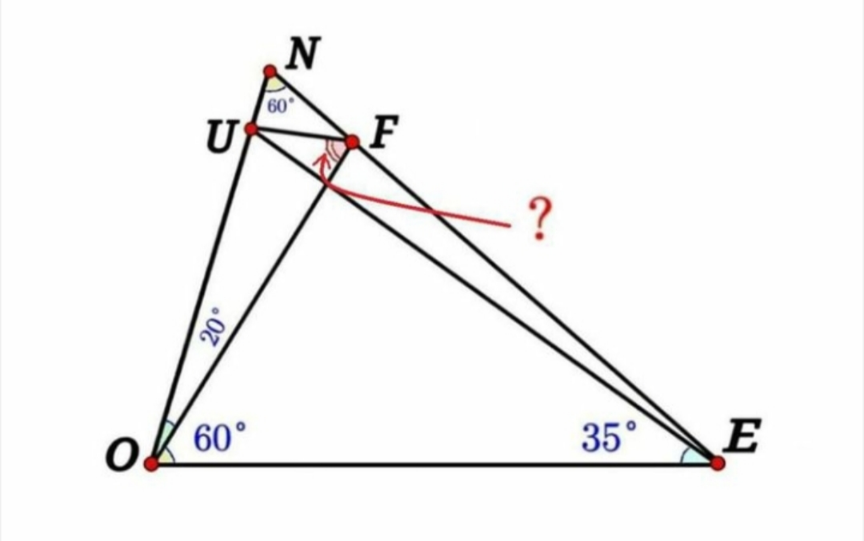
AllQuestion and Answers: Page 589
Question Number 160408 Answers: 0 Comments: 0

Question Number 160398 Answers: 0 Comments: 0
Question Number 160395 Answers: 1 Comments: 0
Question Number 160394 Answers: 0 Comments: 0
Question Number 160391 Answers: 1 Comments: 0

Question Number 160389 Answers: 0 Comments: 2

Question Number 160384 Answers: 2 Comments: 0
Question Number 160375 Answers: 1 Comments: 2

Question Number 160373 Answers: 2 Comments: 0
Question Number 160372 Answers: 1 Comments: 0
Question Number 160371 Answers: 2 Comments: 0
Question Number 160363 Answers: 0 Comments: 0
Question Number 160362 Answers: 0 Comments: 0
Question Number 160361 Answers: 0 Comments: 0
Question Number 160358 Answers: 1 Comments: 0
Question Number 160353 Answers: 1 Comments: 0

Question Number 160350 Answers: 1 Comments: 0

Question Number 160349 Answers: 1 Comments: 0
Question Number 160344 Answers: 3 Comments: 0
Question Number 160342 Answers: 1 Comments: 0

Question Number 160333 Answers: 0 Comments: 1

Question Number 160325 Answers: 1 Comments: 3

Question Number 160327 Answers: 0 Comments: 0
Question Number 160879 Answers: 1 Comments: 1

Question Number 160317 Answers: 1 Comments: 1

Question Number 160341 Answers: 0 Comments: 3
Pg 584 Pg 585 Pg 586 Pg 587 Pg 588 Pg 589 Pg 590 Pg 591 Pg 592 Pg 593
